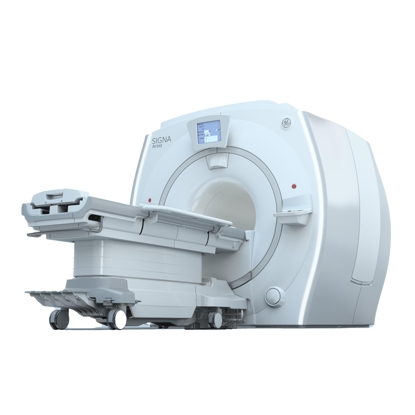
Interventional Radiology
Through the use of X-ray and fluoroscopy equipment, interventional radiology (IR) procedures are performed through only a tiny nick in the skin, allowing less possibility for infection and bleeding while promoting a rapid recovery for the patient.
The IR team includes three fellowship-trained interventional radiologists, radiology technologists, vascular interventional radiographers and qualified interventional nurses who are present for each procedure to administer sedation and monitor patients.
Interventional radiologists offer the most in-depth knowledge of the least invasive treatments available, coupled with diagnostic and clinical experience across all specialties. They have the ability to use X-ray imaging to treat the source of problems without the inclusion of surgery.
We are especially pleased to offer specialized IR services at Hendrick Medical Center, as the number of convenient locations where they can be performed in West Central Texas is limited. These procedures include peripheral intervention, kyphoplasty, vascular embolization, stroke thrombectomy and transjugular intrahepatic portosystemic shunt (TIPS).
Along with these specialized services, IR offers a wide variety of exams, including, but not limited to:
- Diagnostic arteriograms of the head, neck, abdomen and extremities
- Epidural injections
- Biliary drainage catheter/stent placements
- Renal drainage catheter/ureteral stent placements
- Embolizations for arterial bleeds within the body
- Embolizations for chemotherapy, including radioembolization (Y90) to treat liver cancer
- Dialysis access placement/manipulation/intervention
- Bone/liver biopsies
- Vena cava filters
- Gastrostomy tube placements
- Hysterosalpingograms
- Sialograms
- Mechanical thrombectomies
-
Clark D.. Wiginton, MD
RadiologyView Profile
-
Justin J.. Thomas, MD
Radiation OncologyView Profile
-
Jon T.. Anderson, MD
RadiologyView Profile
-
Ly T.. Ma, MD
PathologyView Profile
-
James I.. Duff, MD
PathologyView Profile
-
Grady D.. Yoder, MD
Interventional RadiologyView Profile
-
Michel D.. Dumas, MD
RadiologyView Profile
-
Richard L.. Wu, MD-PHD
PathologyView Profile
-
Mark K.. Ono, MD
Radiation OncologyView Profile
-
Othon Almanza, MD
PathologyView Profile





















